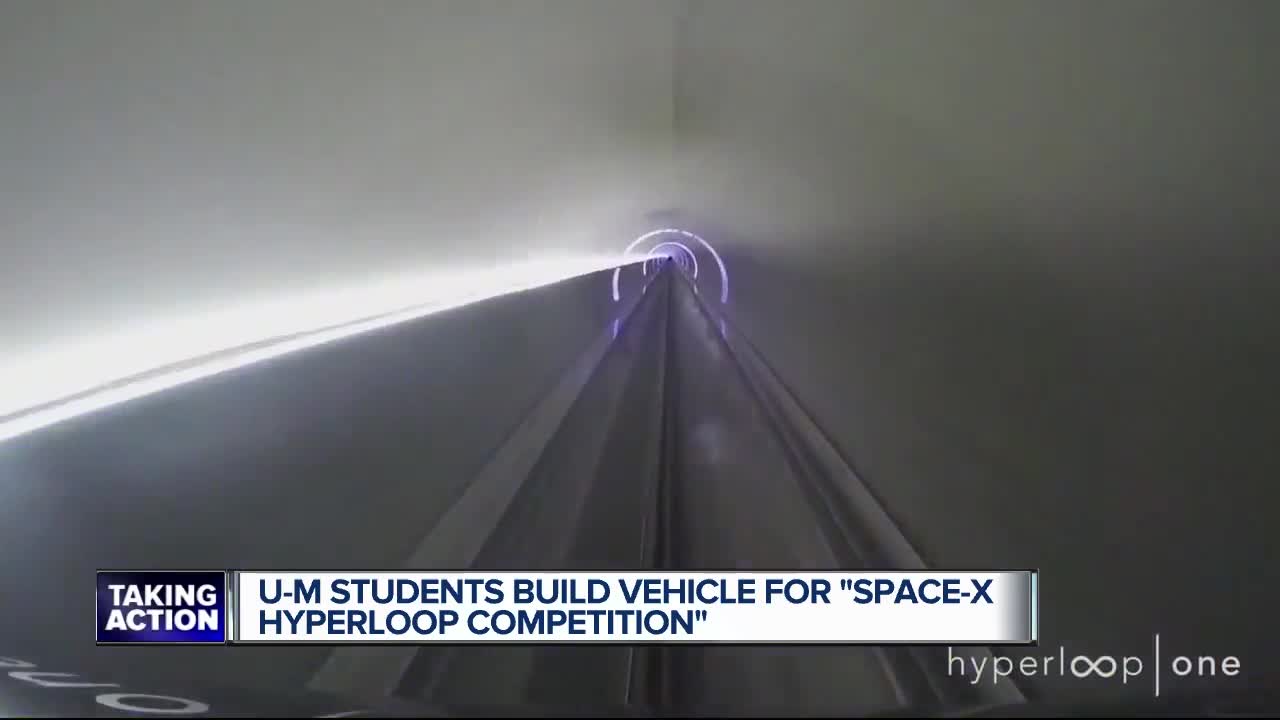The idea of moving hundreds of miles an hour in a vacuum sealed tube may seem unsettling, but when you put it this way: “traveling from Detroit to Chicago in roughly 30 minutes,” the possibilities are mind-boggling.
Since airplanes took to the skies, few leaps have been made regarding mass transit. In some countries, you have bullet trains, and there’s more planning when it comes to bus schedules, trolleys and trains, but we haven’t seen the same leaps in technology when it comes to transportation as we see in other industries. That’s changing with the emergence of technology such as SpaceX Hyperloop and Virgin Hyperloop One.
The goal for SpaceX is to one day send pods carrying either cargo or people at speeds upwards of 700 mph. So far, the technology has led to 240 mph test track speeds — this year, a team from the University of Michigan is hoping to near 300 mph. The technology is moving so quickly, though, that there’s no guarantee they’ll be one of the three finalists to showcase that kind of speed at the 2018 SpaceX Hyperloop Pod Competition. That said, they’re nearing the chance after beating out more than 200 other teams to be among the 18 teams throughout the world that were invited to this year’s competition in Hawthorne, California.
“For us this is a year in the making, and it’s really the proving ground where we can really show the education the University has provided us,” said Emanuel Papageorgiou, one of roughly 50 students who has been working on the pod that will soon make the 2,000+ mile trip to California for this month’s competition.
Papageorgiou told 7 Action News that the team as a whole has now invested roughly 40,000 hours into the project. That includes more than 100 pages of schematics and mathematic details on the pod before it was physically built — the brainpower behind the project got them into a smaller competition of 50, which was eventually narrowed to the 18 teams that were given an invite to compete this year. While the Michigan team is working on the main competition to showcase top speeds, other teams will be highlighting tech that allows pods to levitate inside the vacuum-sealed test track.
The competition in California allows innovators from around the globe to meet and test their knowledge, but it also drives the technology further.
The international competition that U of M students are heading to was created by Elon Musk in 2015 to revolutionize travel and transportation of cargo at high velocities approaching the speed of sound.
Earlier this year, Musk tweeted that he’s attempting to reach half the speed of sound inside his test track, impressive given that it’s only one mile long and they’ll still try to brake to stop before the end of the track.
“This is kinda nutty for such a short distance, so (it) could easily end up being shredded metal, but exciting either way,” tweeted Musk.
For the students like Papageorgiou, the real excitement behind the testing is that the technology they’re designing/building could become part of the future of travel from city-to-city.
“For us, it’s really humbling because everything we do here can one day be put into a vehicle that we all travel in,” he said.
The pod that was designed by Michigan students is on display on Friday, July 6 between 10:30 a.m. and 11:30 a.m. at the Wilson Student Team Project Center located at 2603 Draper Road in Ann Arbor. After the display is finished, the pod will have some final testing before it ultimately is boarded on a trailer provided by Meijer, one of its sponsors. It will then be sent to California where it will undergo a full week of testing before SpaceX ultimately chooses three designs to be connected to the test track and given the opportunity to reach top speeds.



